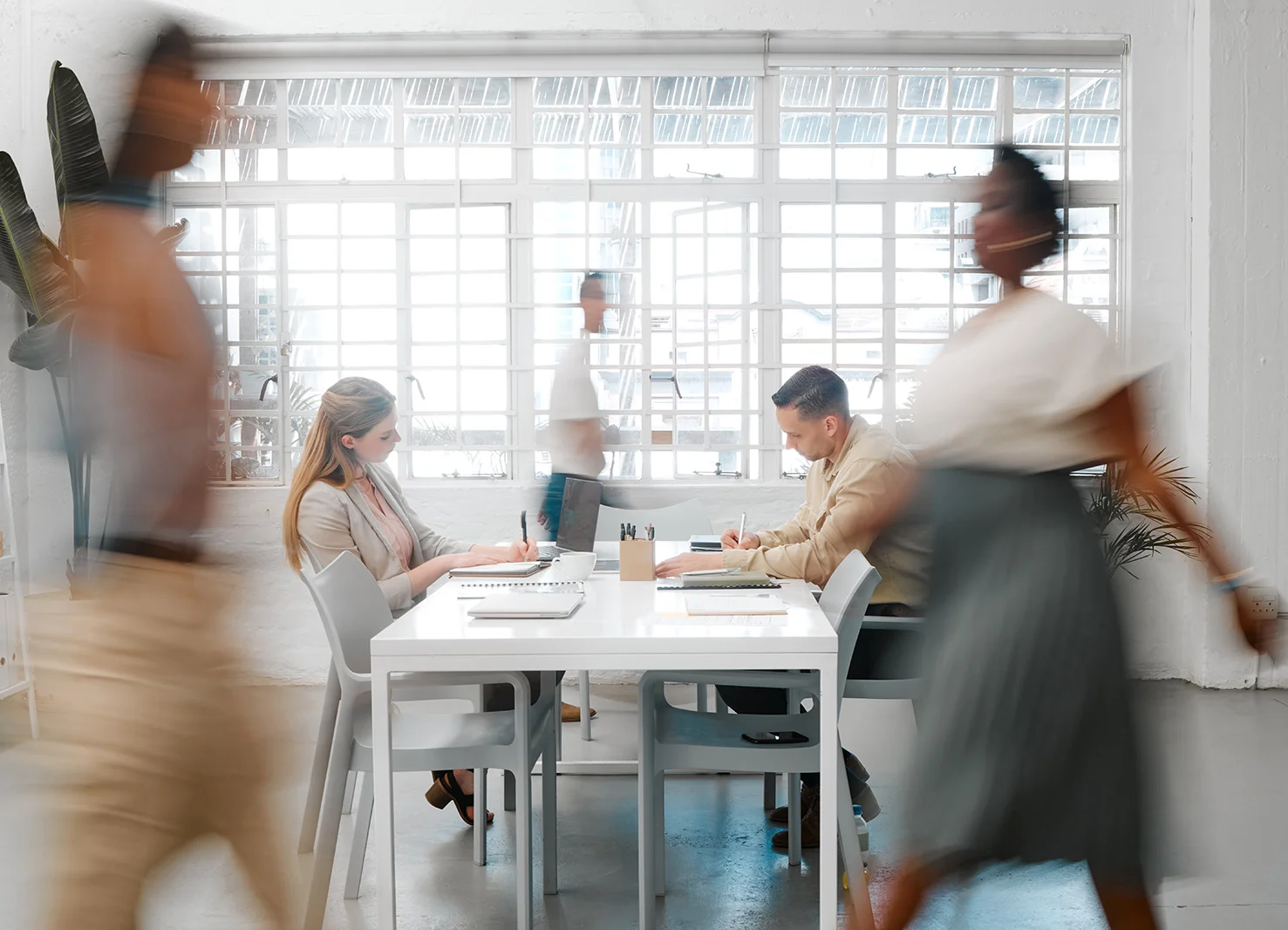1. Discover
Meeting with the client to establish the specific requirements of the design project
One of the initial and most important steps in a design project is understanding the brief. This involves comprehensive discussions with the client to listen to their vision, objectives, and expectations for the design.
Understanding the brief helps to ensure that the design aligns with the client's needs and sets the foundation for all subsequent stages of the design process.
2. Synthesize
Getting everything ready
The next step is to gather all the required assets and content for the project. This may include images, text, logos, and any other materials that will be incorporated into the design. This stage also involves establishing a clear understanding of the brand identity, style guides, and any existing marketing materials to ensure consistency in the design. The client usually provides these assets, but it may also involve creating new ones as per the project requirements.
After gathering all the necessary information, we organise and review a library of all these existing assets, which lays the foundation for the design process.
3. Plan
Determining the project’s workflow and steps
The planning phase is a critical step in a design project. We create an outline and a timeline based on the type of design project. This plan is then shared and discussed with the relevant team members to ensure everyone is on the same page regarding tasks and responsibilities. During this stage we assign roles to the right team members to ensure the best expertise for the job.
4. Create
Giving life to ideas
This creative phase starts with the generation of initial concepts that embody the requirements outlined in the project brief. The design team collaborates closely with the client during this stage, ensuring the concepts align with their vision and meet all aspects of the brief.
Once these concepts are approved, they are rolled out across all design elements, forming the basis of the project's visual identity. This phase is not only about aesthetic appeal but also about creating a design that enhances usability and achieves the project's objectives.
5. Iterate
Allowing space for design evolutions
Based on the feedback during a full client review, we make necessary adjustments to the design to be implemented before launch. These will vary depending on the feedback received, and are usually minor technical tweaks to ensure optimum user experience for launch.
6. Launch
Releasing your ideas into the world
The launch is an exciting stage where the design project sees the light of day. Any final checks and preparations are made before making the project live — it's crucial to ensure that all elements of the design work seamlessly and that the project is ready for public viewing.
This phase might involve a soft launch before the official launch, allowing for any last-minute adjustments. Once launched, the project is monitored closely to address any immediate issues or concerns. This is a significant milestone, and indicates the completion of the design project.
7. Review
Critical evaluation of the design project post-launch
This phase involves gathering feedback, conducting user testing, and analysing relevant data, such as website traffic or sales. The allows us to measure the success of the project and identify potential areas of improvement.
8. Support
A helping hand post-launch to maintain and ensure lasting impact
After the design is live, it is crucial to maintain it. We offer a wide range of ongoing management and support. This involves regular updates, resolving any emerging issues, and checking that the design continues to function optimally, meet the client’s needs and serve its audience effectively.
We love building long-term relationships with our clients — what may begin as a one-off project often leads to ongoing collaborations, working together to maximise the potential of a brand.
Each brand and each brief is entirely unique, and so while these stages often occur in sequence, the design process is not linear. Through a collaborative approach, the process often involves revisiting and revising earlier stages based on feedback and new insights gained during the process, allowing for continual creative evolvement to ensure we deliver the best outcomes for our clients.

